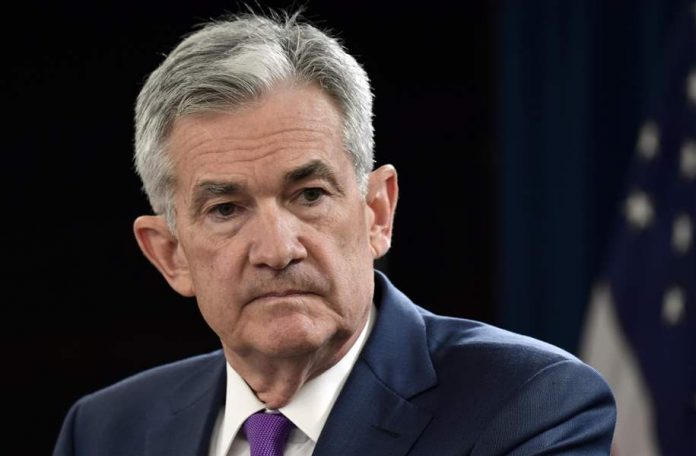Stocks surged this morning as bulls got October off to a strong start. The Dow, S&P, and Nasdaq Composite all opened higher before soaring through noon on plunging rates. The 10-year Treasury yield fell to a daily low 3.58%, down significantly from last week’s peak of almost 4%.
“It’s pretty simple at this point, 10-year Treasury yield goes up, and equities likely remain under pressure,” said Raymond James’ Tavis McCourt.
“It comes down, and equities rally.”
This morning’s equity eruption was a welcome change for bulls following September’s big drop. The S&P fell 9.3% last month. The index hasn’t tumbled that much in one month since March 2020.
Stocks looked very oversold in the short-term over the last few weeks but dip-buyers were unable to spark any serious recovery rallies.
And, according to Morgan Stanley strategist Mike Wilson, that’s unlikely to change without a policy shift from the Fed.
“Bottom line, in the absence of a Fed pivot, stocks are likely headed lower. Conversely, a Fed pivot, or the anticipation of one, can still lead to sharp rallies,” Wilson wrote over the weekend.
He also accurately warned clients that a Fed pivot won’t keep stocks upright for long.
“Just keep in mind that the light at the end of the tunnel you might see if that happens is actually the freight train of the oncoming earnings recession that the Fed cannot stop,” Wilson concluded.
On Sunday, the Fed announced that it would hold a previously unscheduled meeting at 11:30 am EST today. Hopeful bulls were anticipating a rate-related announcement soon after.
And who could blame them following September’s major drop? The “matter(s) to be considered” on the Fed’s website were as follows:
“Review and determination by the Board of Governors of the advance and discount rates to be charged by the Federal Reserve Banks.”
The surprise meeting quickly made the rounds on social media. Many battered investors saw it as a major market event in the making.
In reality, though, closed-door Fed meetings like today’s happen all the time. There have been about 15 meetings over the last year that weren’t part of the Fed’s official 8 FOMC huddles.
That’s not to say the Fed hasn’t uncorked emergency rate hikes or reductions in the past, however. There’s a chance (albeit a very slim one) that Powell makes some sort of huge announcement today.
But the odds vastly favor a quiet, “Fed-less” afternoon for traders, especially since nothing has broken in US bond markets.
At least, not yet.
Once something goes haywire with bonds (it eventually will), the Fed will then start buying them again (thus restarting QE) like the Bank of England did last week for the same reason.
My personal prediction is that the market won’t officially touch bottom until October 19th. If you’ve been around as long as I have, you probably remember that date as Black Monday – the day when stocks fell more than 20% in a single trading session back in 1987.
It wouldn’t surprise me at all to see US bond markets hit their breaking point near that inauspicious day, too, prompting a Fed rescue that blasts stocks higher alongside bonds.
Like Wilson (and other analysts) observed over the weekend, though, a QE reboot would be a short-term fix for longer-term problems facing equities.
The most important of which for stock investors is a massive reduction in earnings coming soon to a major corporation near you.








